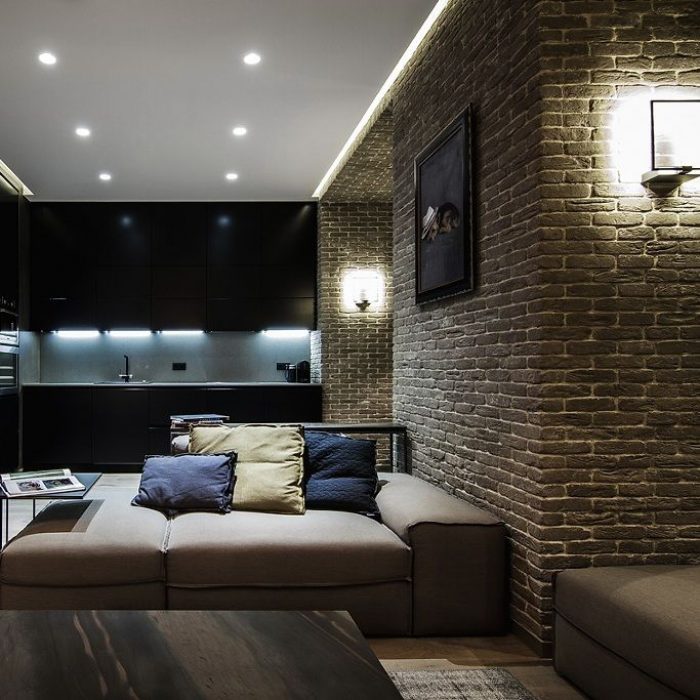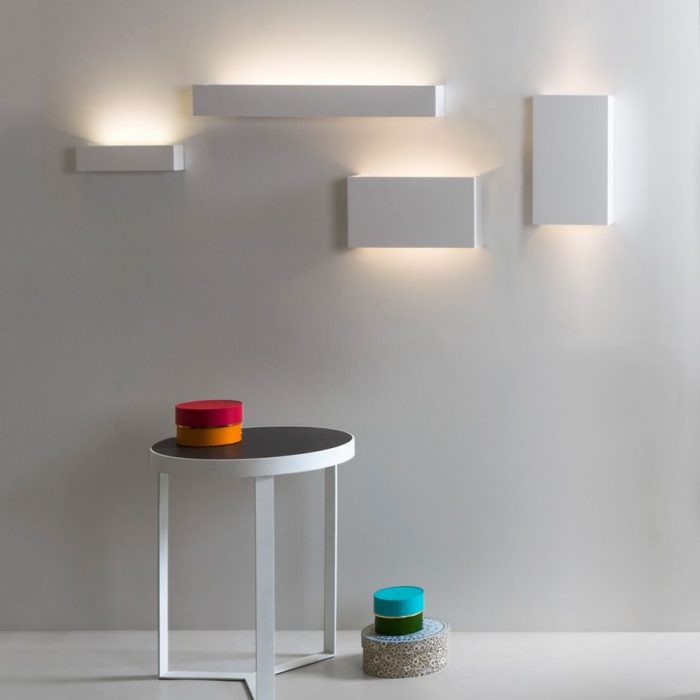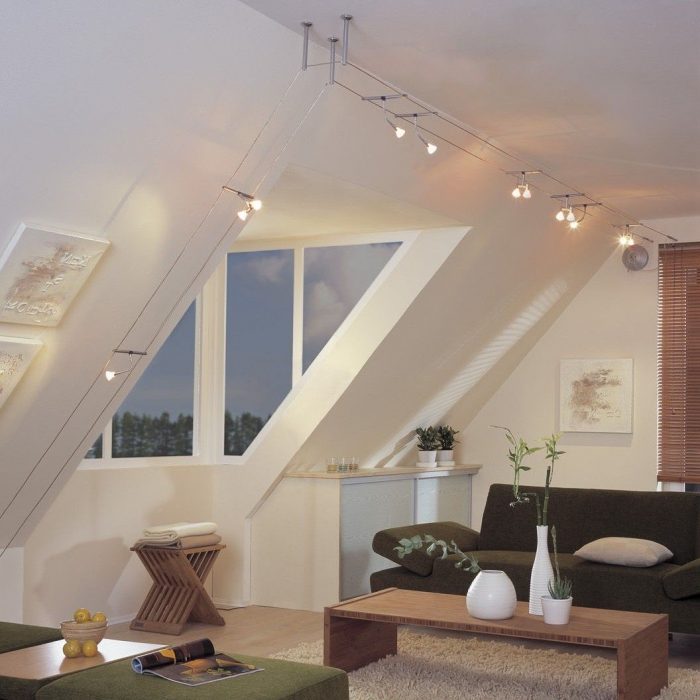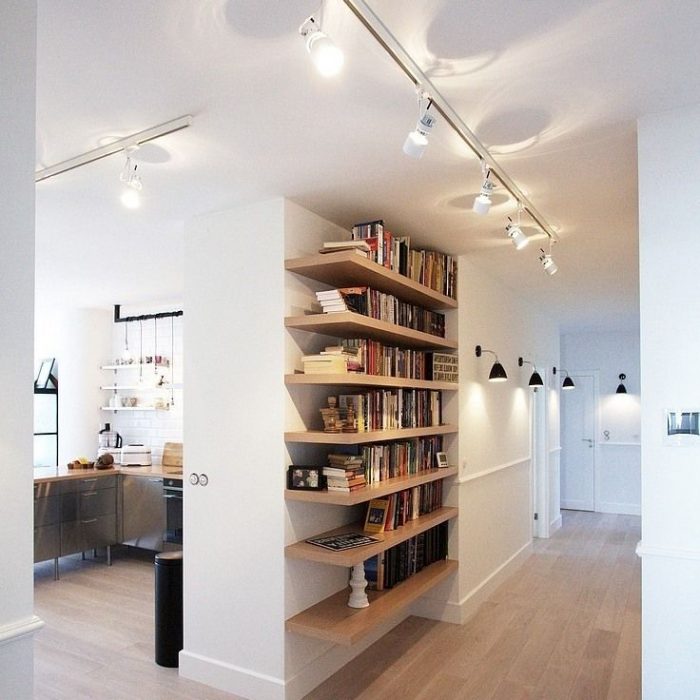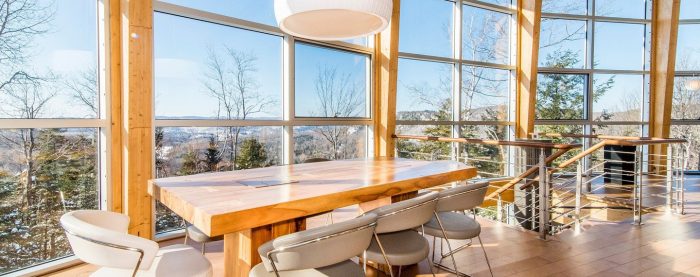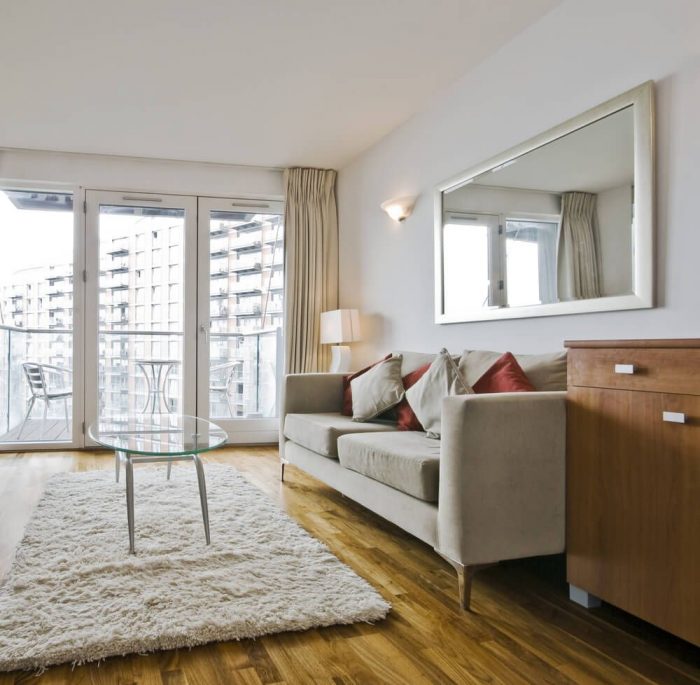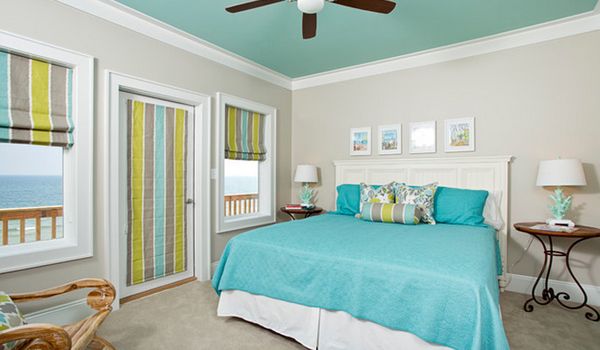How to Make Your Small Spaces Seem Bigger with Lighting?
If you are one of the city dwellers, then you most probably live in a tiny apartment or one of these compact homes. The surging populations have led to the widespread of dwellings with small spaces to overcome expected housing crises. Also, these smaller dwellings are naturally cheaper than larger ones, so they are more suitable for young families and individuals in the prime of their careers or for entrepreneurs starting businesses. However, one cannot combat the desire to live in a home with roomy spaces or set up an airy office space for their business. We have got you covered on all levels, Money Brighter can help you set up your business and help you with the financial issues, on the other hand, you can make your small spaces seem spacious with a few smart choices. Opting for Innovative Space Saving Furniture can really make small spaces appear bigger. Additionally, installing suitable lighting in smart ways can work magic!
Here is a list of tips to make our Small S1paces Bigger with Lighting
1. Use multiple sources of light rather than one
For small spaces, it’s better to go for multiple light sources rather than one central source. The multiple sources can be distributed in a way that illuminates the whole space, leaving no dark corners. Remember! In this conquest to make your space feel bigger, darkness is your biggest enemy.
2. Choose compact lighting fixtures for the ceiling over bulky ones
Even if you love those luxurious chandeliers, you have got no room for them. They will only make your space feel more compressed and cluttered. If you absolutely need to have something hanging from the center of your ceiling, then opt for really slender pendants. However, flush lighting fixtures would definitely be a better choice.
3. Use recessed and track lighting for support
To further enhance the lighting in your small spaces, support the ceiling centerpieces with recessed lighting or track lighting. Recessed lighting takes so little space yet provides a sufficient amount of light, which makes them perfect for compact spaces with low ceilings. On the other hand, the fixtures of track lighting could be adjusted so as to light every dark corner in the room, making them quite practical.
4. Light the inside of your shelves and wardrobes
The dark corners are not merely found at the intersections of walls. They can be seen inside wardrobes and bookcases as well as below shelves and kitchen cabinets. So, one can use LED strips to light the inside of a wardrobe, or adjust the angles of a tiny track light to artistically illuminate bookshelves.
5. Use Backlighting to give the illusion of extra depth
Backlighting does not only eliminate the darkness behind furniture but gives the sense of extra depth – that is besides the fact that it could look quite elegant. Strips for backlighting can be fixed behind TV screens, bed headboards, screens, or mirrors.
6. Create Vertical Lighting Paths to emphasize height
Vertical lighting paths would derive the attention of the viewer from the narrow width of a small space to its height. Accordingly, space wouldn’t feel as small. Vertical paths can be created via long floor lamps, table lamps, and uplight wall sconces. Downward lighting alone could give quite the opposite effect, so be careful!
7. Maximize the natural light
Nothing can make your space feel bigger than a flood of natural light penetrating its large windows. Consequently, it is best not to obstruct the path of this light by eliminating unnecessary solid surfaces, like partition walls or screens. Also, curtains should be carefully chosen—as light in terms of color and material as could be, and the rails should be long enough to leave the window space clear when the curtains are pulled apart.
8. Use mirrors to reflect the light from here and there
Mirrors have always been used to give the illusion of a bigger space. In combination with light and, even better, natural light can work miracles. Mirrors can be placed, facing windows to reflect the natural light all over the space. They can be attached to large solid surfaces, like the doors of cabins and wardrobes, to reflect the artificial light from the ceiling or walls.
9. Opt for transparent surfaces and compact furnitMood Lighting Tips: How to Transform Interiors Using Color, Layers, and Ambient Lighture
Transparent surfaces, like glass or perforated screens, glass tables, and glass doors, would let the light through. Accordingly, they are a better option than opaque surfaces which obstruct and absorb the light. Also, compact and slender furniture, with smooth surfaces, would let the light flow more freely in small spaces.
10. Use light colors for your walls and ceiling
Light colors and, most preferably, white reflect the light best. Hence, it is better to use such colors to paint your walls and ceiling. That way you will be gaining optimum results from your light sources; so little lost from the scattering.
Extra Tip: Use energy-efficient light sources, like LEDs and CFLs. This way you can save on electricity while acquiring all the light you need.
Also, Read:
- Innovative Space-Saving Furniture for Compact Apartments
- What Are the Fundamentals of Minimalist Interior Design?
Tags: ApartmentChandelierDwellingsFSGlassHome StylinghomesHousingLEDLight DesignsLightingLighting DesignLights DesignMirrorsPendant LightingSmall HousesSmall Spaces
Yosra is an architect, writer, and teacher. She is always into learning something new. Her life motto is: "A jack of all trades is a master of none, but oftentimes better than a master of one.” One day she will travel the world and visit its architectural wonders. In the meanwhile, she contends herself with reading and writing about them.


